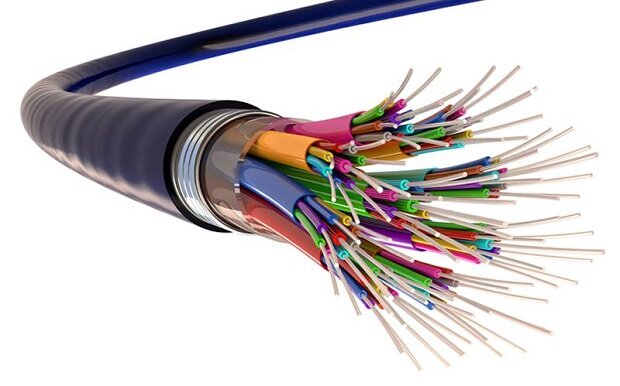Benefits of Fiber Optic Cabling
Fiber optic cabling is still a relatively new technology, but we continue to see the benefits as more and more businesses adapt the technology. While the majority of broadband internet connectivity is on copper cable, most businesses have found a significantly higher return on investment choosing to install a network of fiber optic cabling.
Let’s take a look at some of the major benefits of going with fiber optic cabling for your network:
Speed
Fiber optic cables transmit data significantly faster than copper cabling with a connection range from 5 Mbps to 100 Gbps. This is because fiber uses the speed of light rather than the speed of electrons. “Symmetric speed” is enabled with fiber optic cabling which means that uploading and downloading speeds are equal. According to a study, slow internet connections cost employees one week per year in productivity - one of the top time wasters being downloading and waiting for files. Quicker Internet Speeds = Increased Employee Productivity = Money Saved
Larger Bandwidth
With fiber optic cabling comes a larger bandwidth, around 60 Tbps rather than 10 Gbps. This allows for high demands on the network without any issues in with internet speeds, which is crucial in the working environment of web conferencing, file sharing and cloud applications. Businesses are in need of undisrupted network connections now more than ever.
High Security
Fiber optic cabling cannot be tapped easily, making them a secure option for a business’ network. The only way to penetrate a fiber optic internet connection is to physically cut the wires. Fiber cables are also unaffected by changes that come from power failures, inclement weather or electromagnetic interference like copper wires are.
Lightweight
It’s an obvious physical difference between fiber optic cabling and copper cabling, but from a numbers standpoint a fiber cable can weigh about 4 pounds per 1000 feet, compared to copper which can weigh 39 pounds per 1000 feet. This means the amount of space required for fiber optic cables is significantly less which allows room for growth and numerous other benefits.

